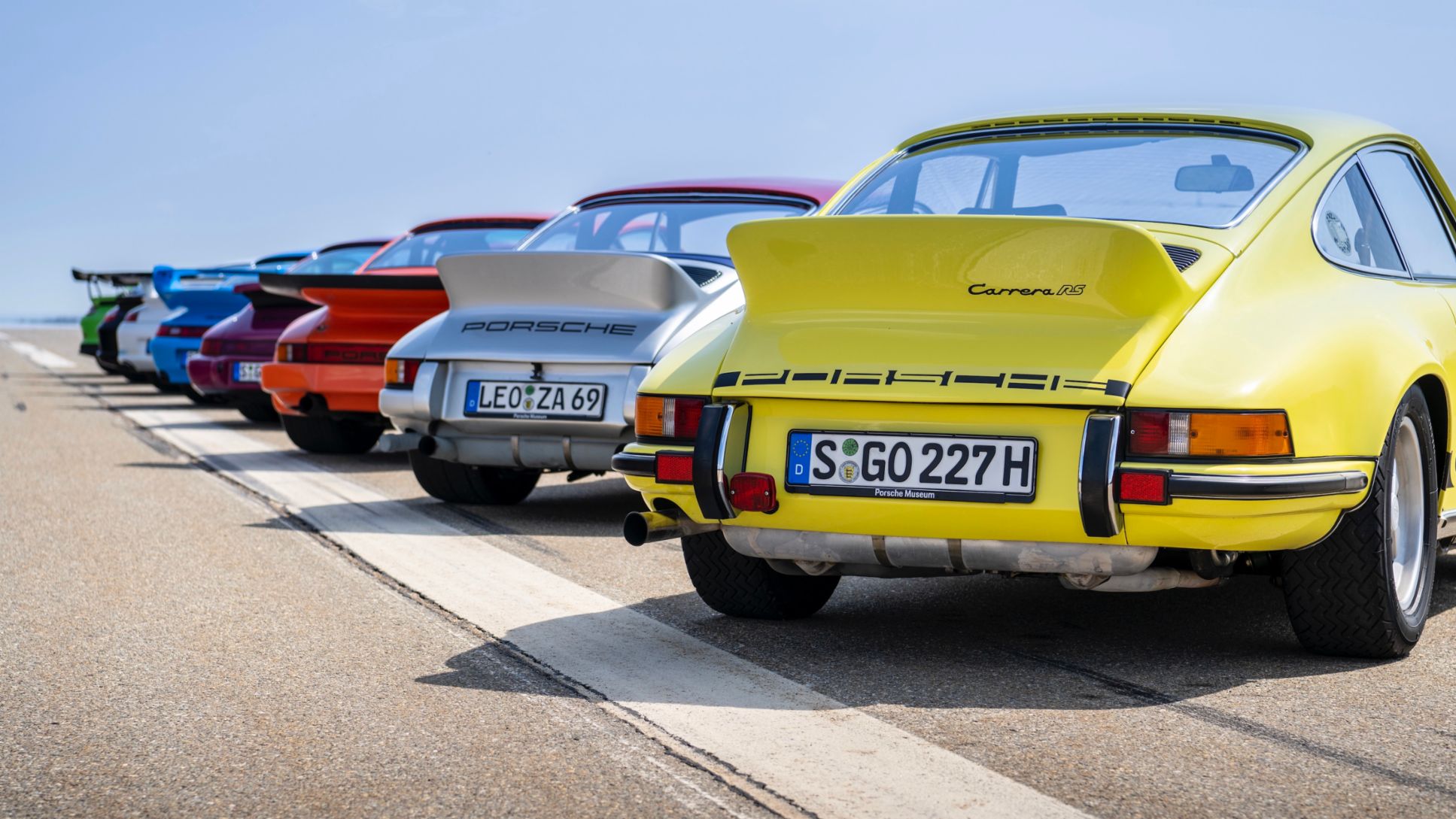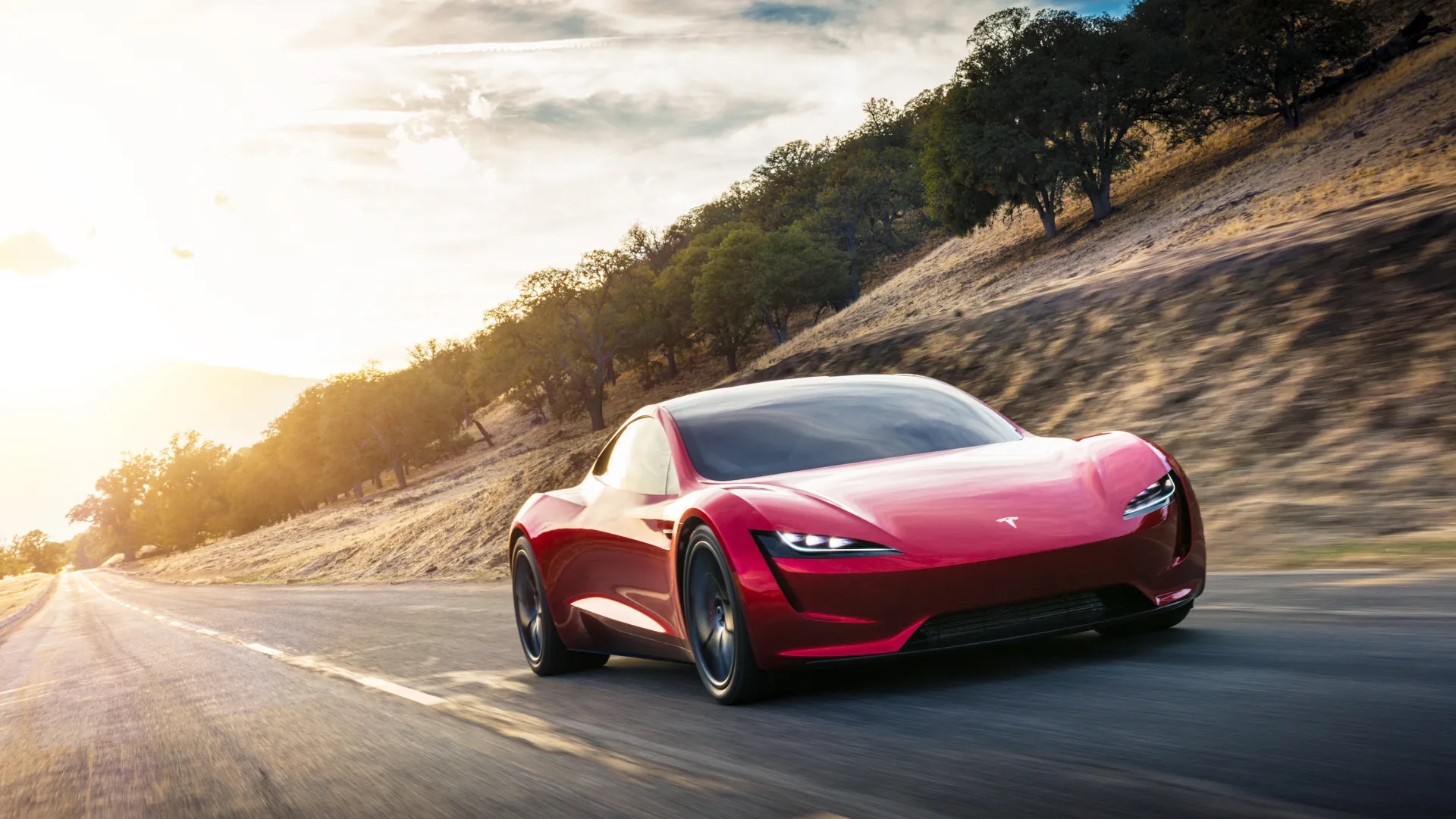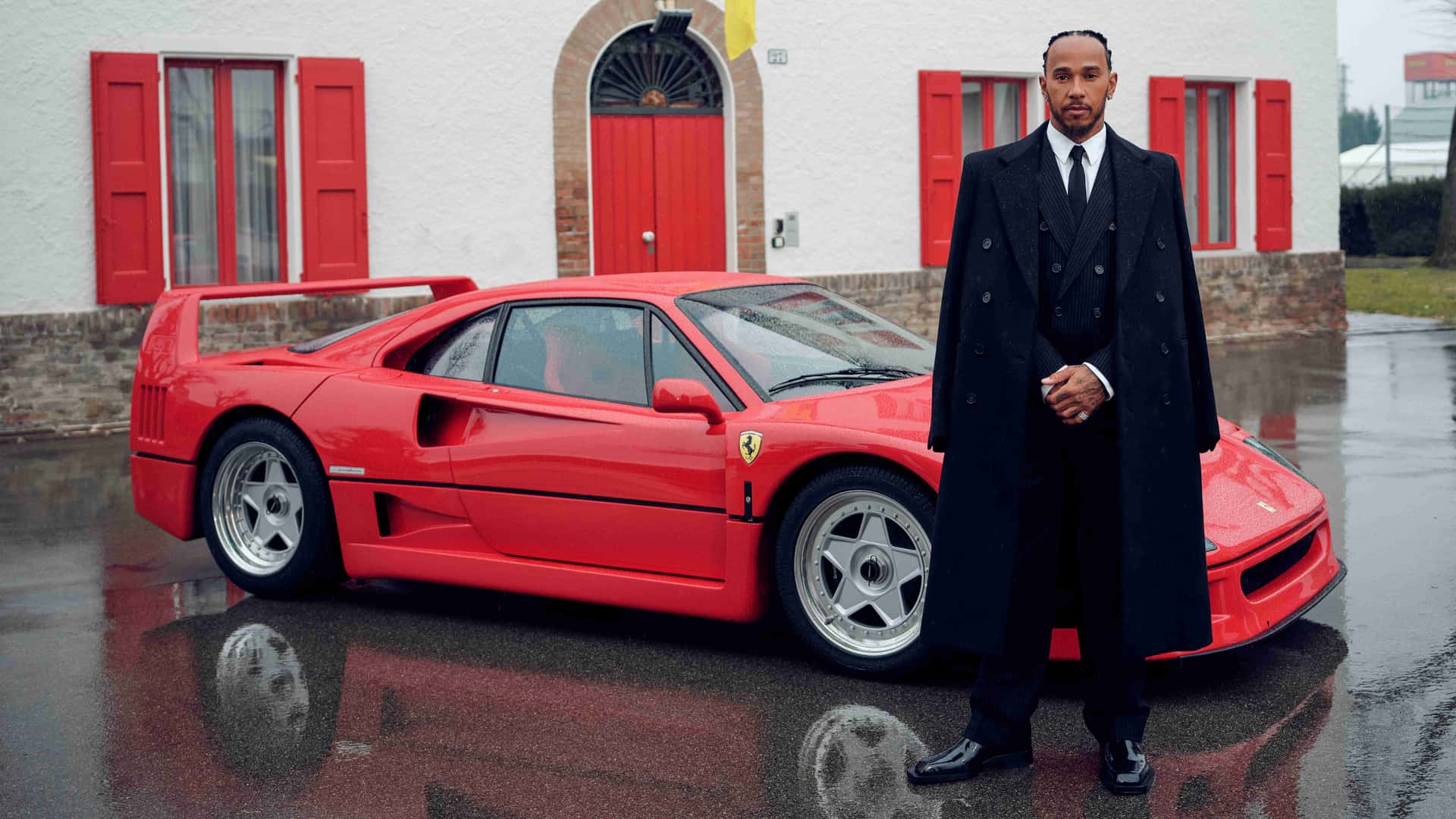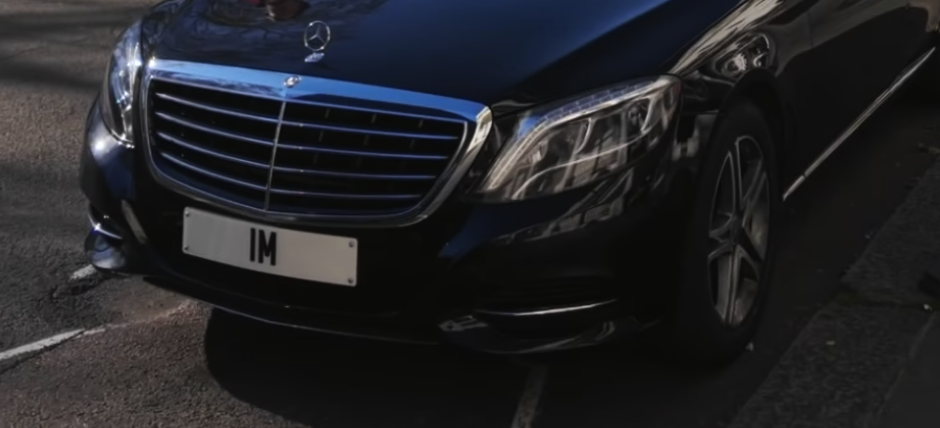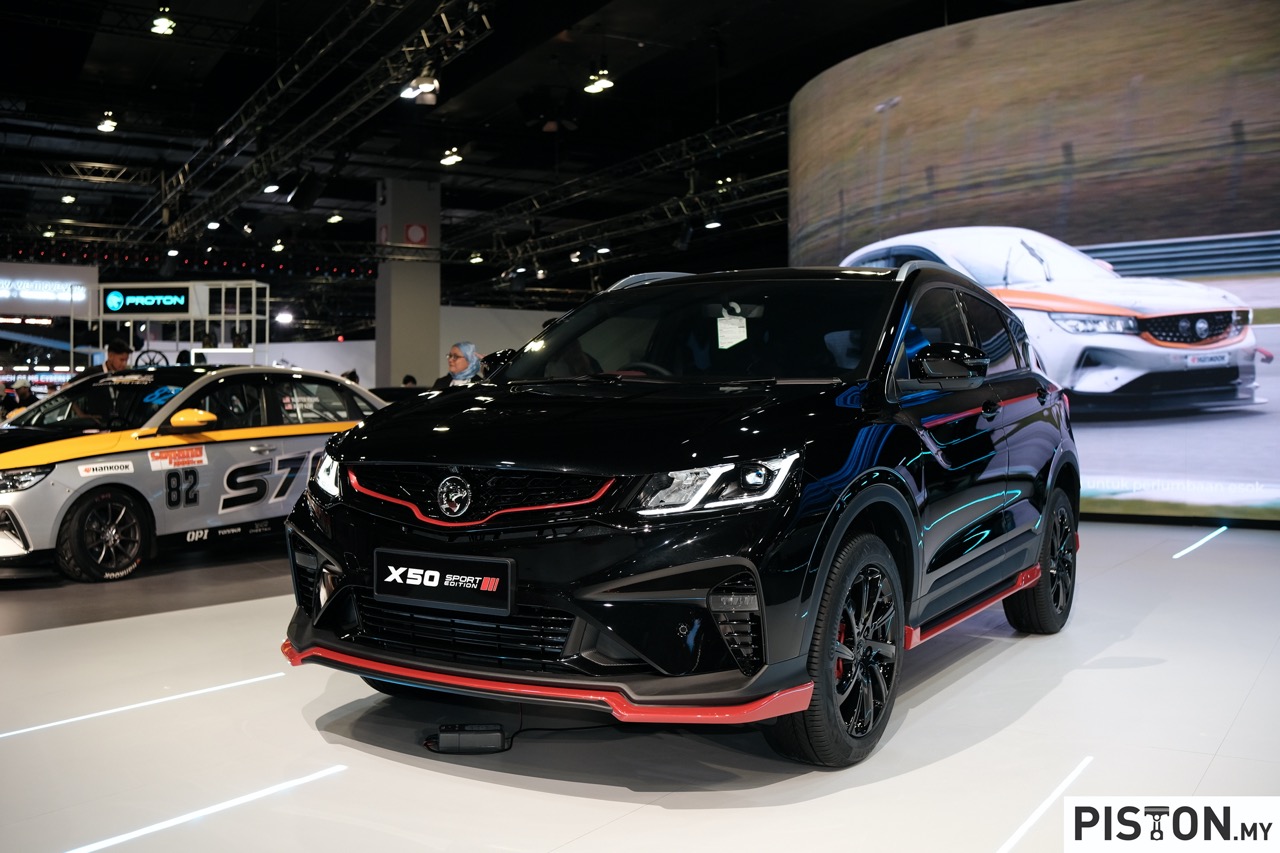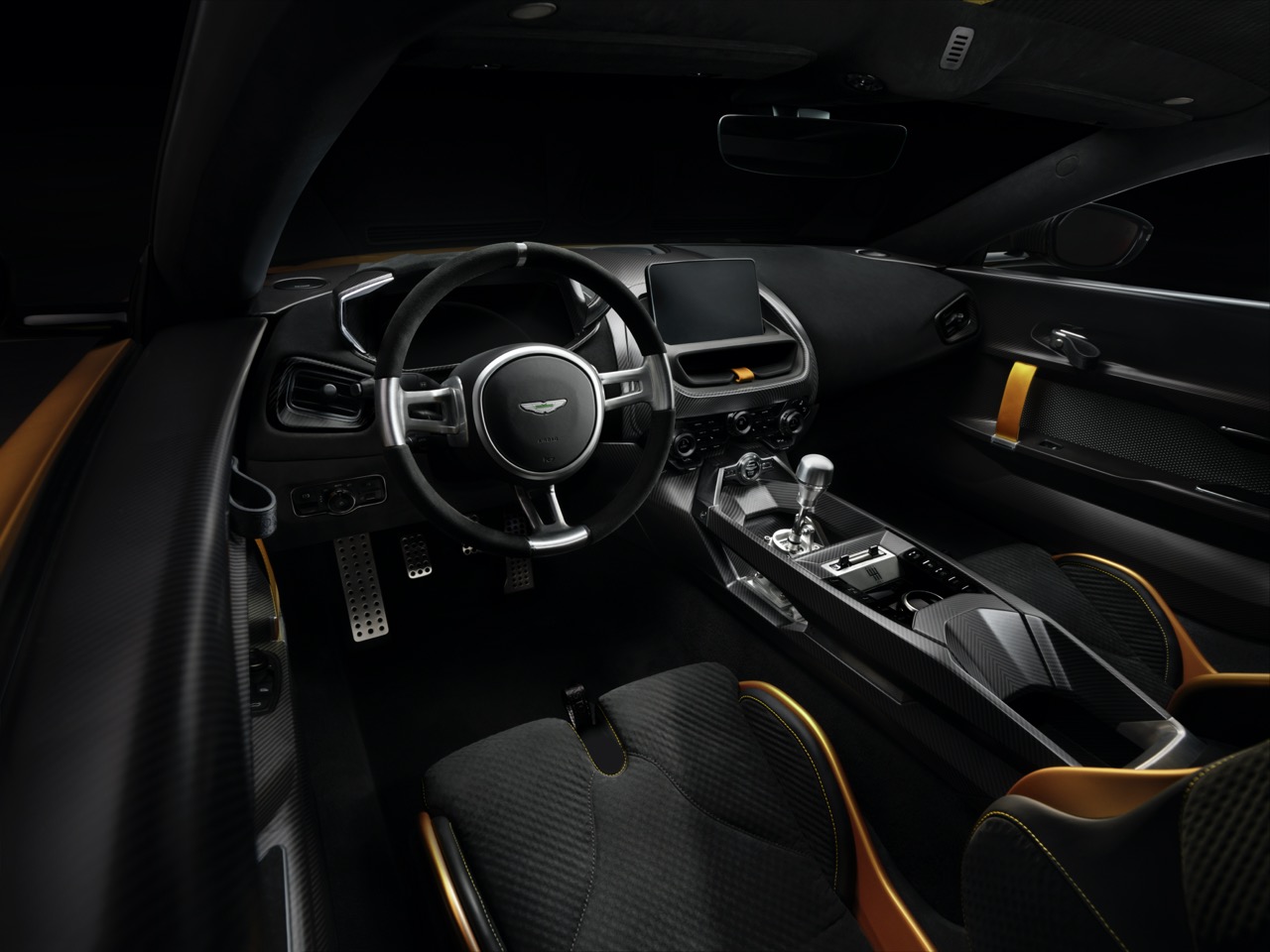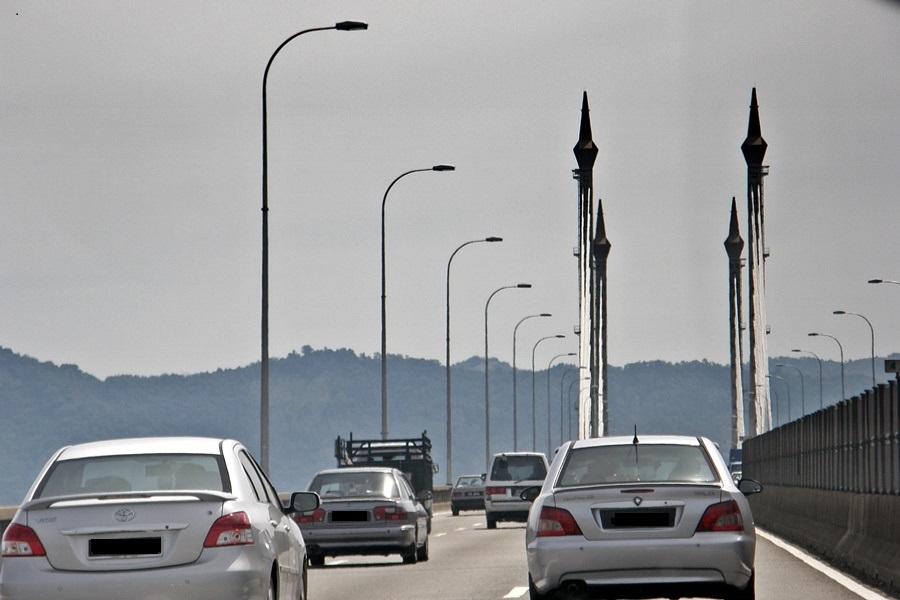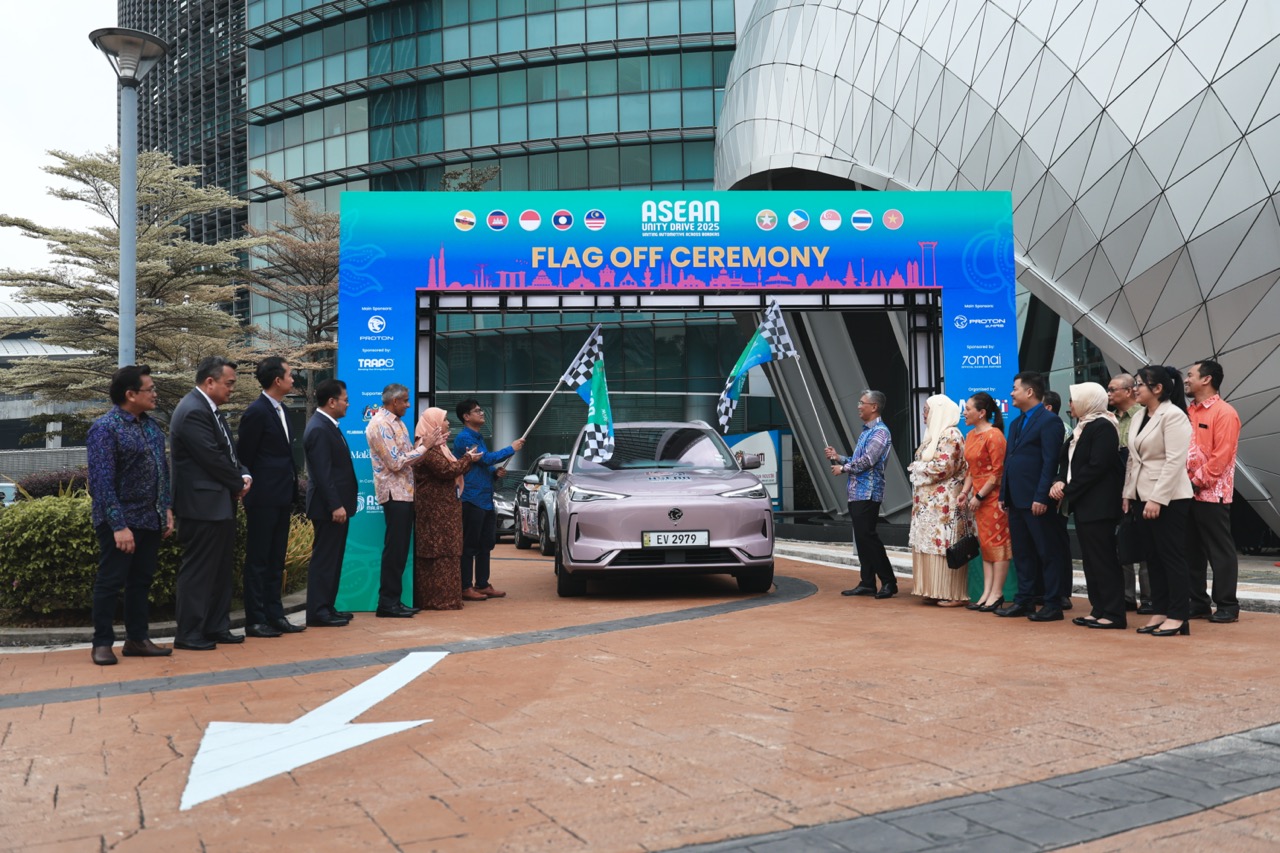Rear spoilers, large and small, mounted at the back of cars has been a common sight for decades. While some spoilers or ‘wings’ are more for looks than offering any real benefit, those that are installed as original equipment have usually been carefully shaped to contribute to aerodynamic efficiency and performance at high speeds.
Such aerodynamic aids were already used in racing cars but Porsche was the first company to install a rear spoiler on a production model – the 911 Carrera RS 2.7 of 1972. Back then, ‘spoiler’ may have been relatively unknown so the marketing people at the sportscar company came up with a nickname that was perhaps a bit funny but it stuck: ducktail. It was so called because its shape somewhat resembled the tail of a duck although ‘Entenburzel’ was how the Germans referred to it in their language.
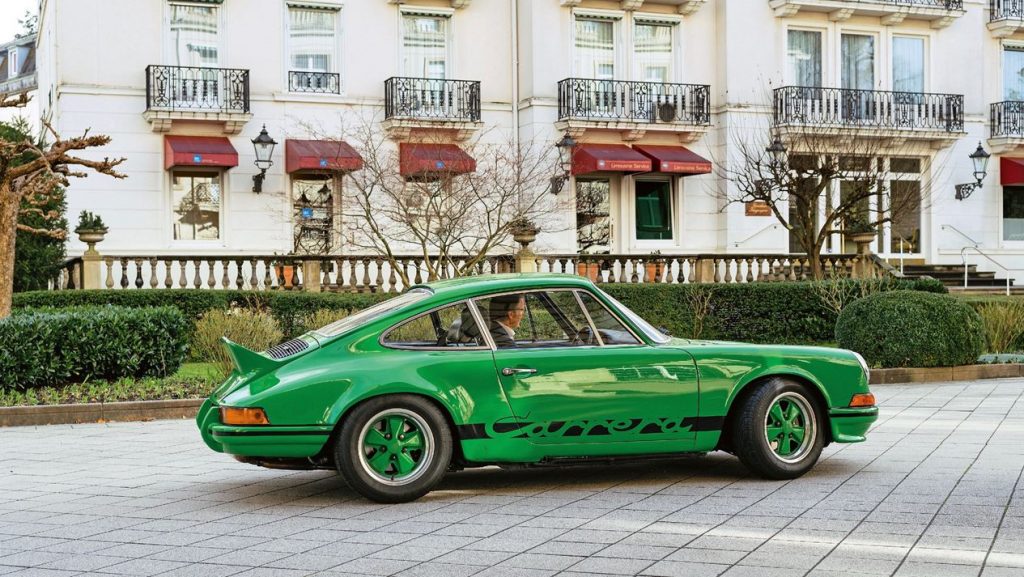
The development of the spoiler for the Carrera RS 2.7 – the first Porsche to carry the ‘Carrera’ name since the 356 – was partly due to its exceptionally low weight. Various body and chassis engineering approaches along with the lightweight 210-bhp engine had brought the overall weight of the car down to less than 1,000 kgs.
The engineers had understood the importance of aerodynamics in achieving better performance, especially stability at high speeds. They had realized too that too much lift reduces performance and their wind tunnel studies revealed that there was a lot of lift at the rear end of the car. With the upswept surface of the spoiler over the rear end, the airflow against it created downforce that would press the rear wheels more firmly onto the road to give better grip.
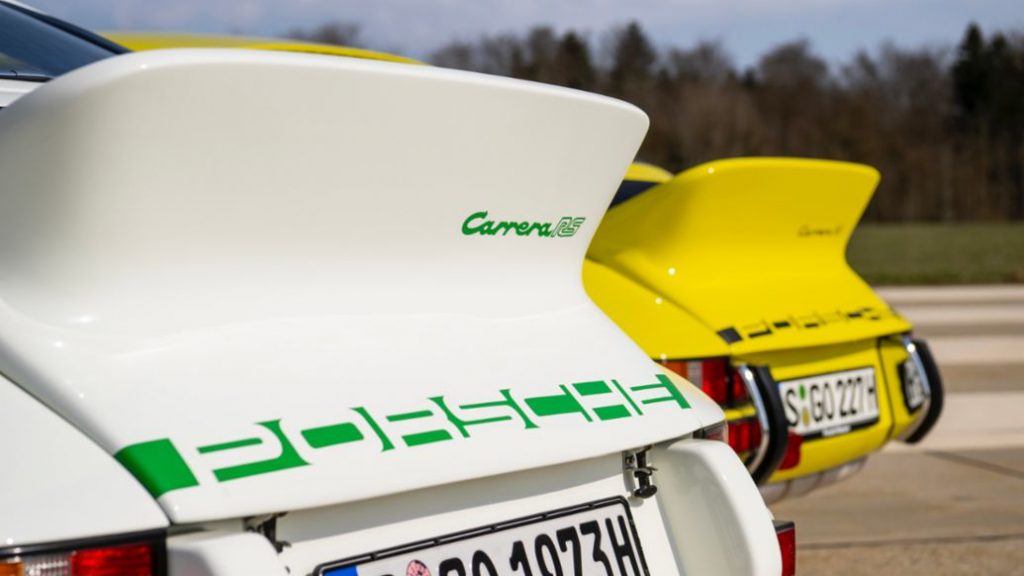
This also improved the drag coefficient value, which measures aerodynamic performance, and increased the top speed by 4.5 km/h to 240 km/h, a breathtaking speed at that time. What doesn’t sound like much is paramount for a 911 RS, as every hundredth of a second can count in motorsport. .This was why the engineers installed the spoiler, which worked in tandem with front aerodynamic enhancements on this version of the 911 built to meet homologation rules.
The Carrera RS 2.7 was a rather expensive car at that time and Porsche was not certain there would be many who wanted to buy one. Even the advertisement for it mentioned that ‘only 500 men are going to drive it…’ and while that may give it a certain exclusive image, the company hoped they would sell that many. But Porsche did not need to worry because, in the end, it sold more than 3 times that number – 1,580 cars.

It would be almost 4 decades before a Porsche would officially see the ducktail spoiler again – although the aerodynamic feature from that first car would take on different design forms in various models.
For the 911 Sport Classic (type 997), it would be even more exclusive than in its original form. Presented at the 2009 Frankfurt Motor Show, only 250 units were available. They were also finished in the same Sport Classic Grey colour, which was reminiscent of the Fashion Grey of the 356 era, with twin distinctive darker stripes down the centre of the car.
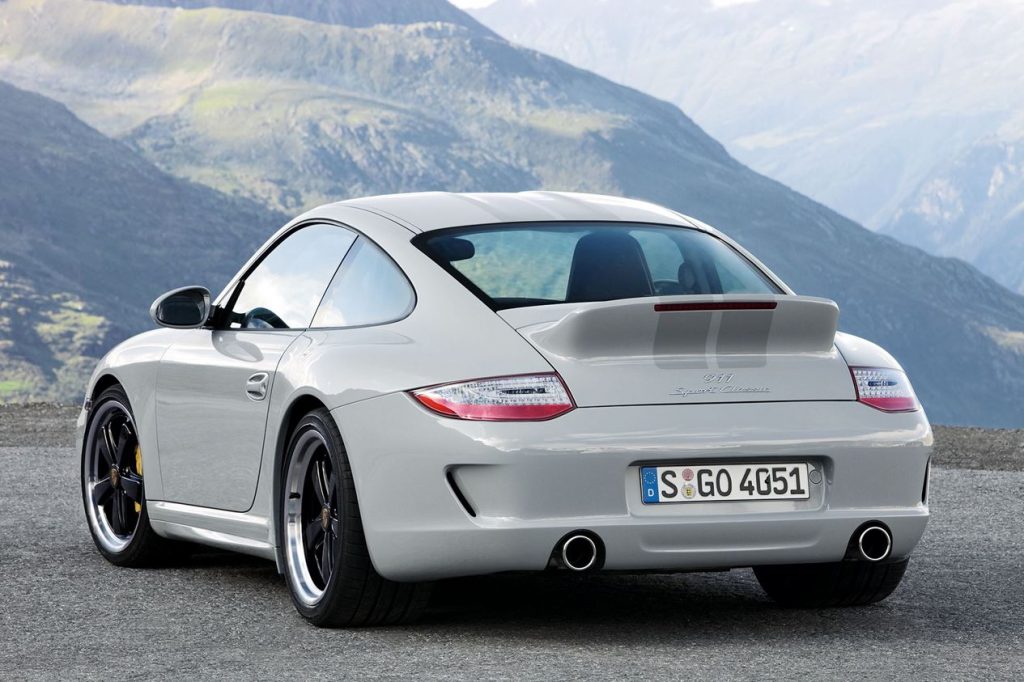
Among its distinctive features was its double dome roof – designed to comfortably accommodate the driver and passenger if they wore helmets. While the 911 Sport Classic, with its bold and wide rear end, sat on updated versions of the famous Porsche Fuchs rims, it was that ducktail spoiler which still drew attention from Porsche fans.
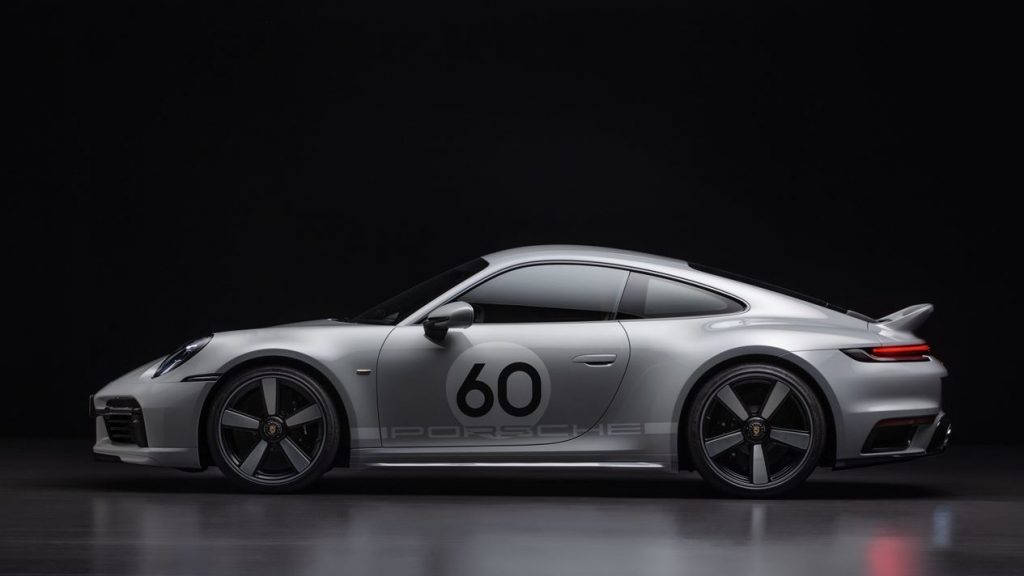
The ducktail story did not end there and reappeared in the new 911 Sport Classic presented as the second instalment of the Porsche Heritage Design strategy in 2022. This aims to reinterpret 911 models from each decade between the 1950s and 1980s. In this instance, the inspiring Carrera RS 2.7 is obviously included in the list with 1,250 units built by Porsche Exclusive Manufaktur.





